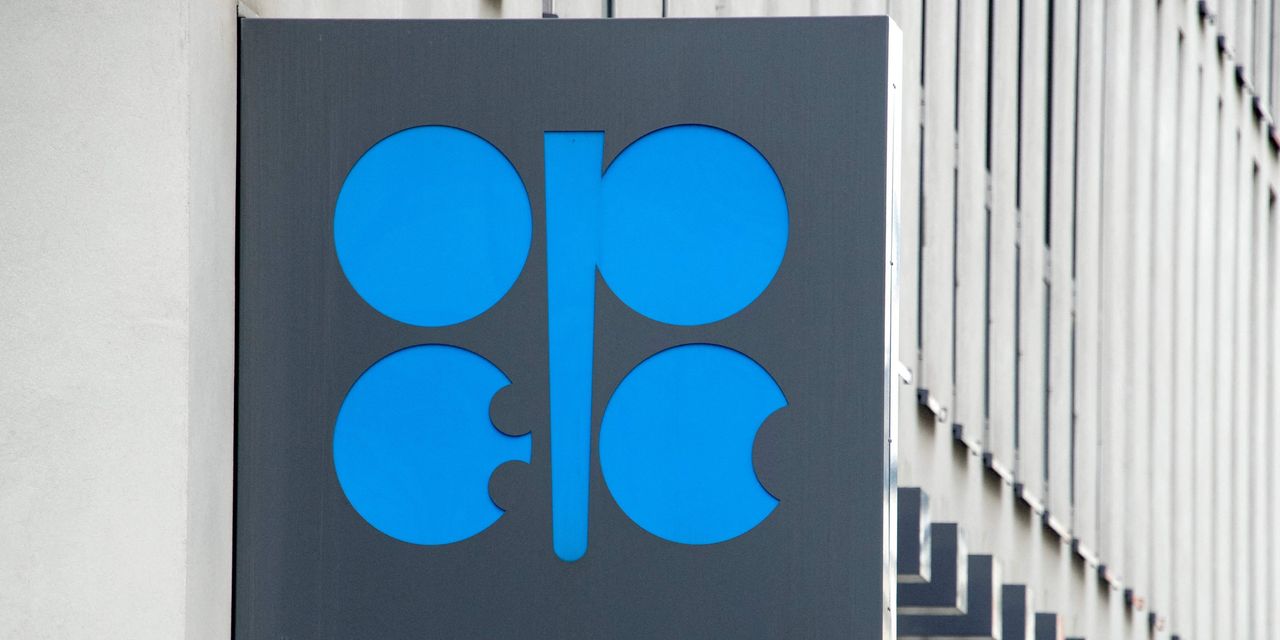The Organization of the Petroleum Exporting Countries on Thursday cut its forecast for oil-demand growth in 2022, citing expectations for a resurgence of COVID-19 restrictions and continued geopolitical ructions.
In its monthly report, OPEC cut its estimate of 2022 demand growth to 3.1 million barrels a day from a previous forecast of 3.4 million barrels a day, or mb/d. OPEC described the outlook as still healthy, with total oil demand expected to average around 100 mb/d in 2022.
OPEC raised its estimate of oil demand in the first half of 2022, but that was more than offset by a cut to the second-half forecast. OPEC left its forecast for world oil-demand growth in 2023 unchanged at 2.7 mb/d, with total oil demand averaging 102.7 mb/d.
OPEC’s assessment stands in contrast to the monthly report from the Paris-based International Energy Agency earlier Thursday, which boosted its demand forecast. The IEA said Europe’s summer heat waves and natural-gas shortages in the region as Russia curtailed shipments were leading some energy consumers to switch from gas to oil.
IEA raised its estimate for demand growth by 380,000 barrels a day this year to 2.1 million barrels a day. The agency also raised its forecasts for total oil demand in 2022 and 2023 by 500,000 barrels a day apiece, to 99.7 million barrels a day and 101.8 million barrels a day, respectively.
Read: European Heatwaves Boost Demand for Oil, IEA Says
Oil futures were lifted Thursday following the IEA report and remained higher after the OPEC update. West Texas Intermediate crude for September deliver
CL.1,
the U.S. benchmark, was up $1.03, or 1.1%, at $92.96 a barrel on the New York Mercantile Exchange. October Brent crude
BRN00,
the global benchmark, rose 94 cents, or 1%, to $98.34 a barrel on ICE Futures Europe.
On the supply front, the report forecast non-OPEC liquids supply growth of 2.1 mb/d to average 65.8 mb/d, broadly unchanged from July, with an upward revision for Russia offset by cuts to the U.S., Norway and Kazakhstan. In 2023, the forecast for growth in non-OPEC liquids production remains unchanged at 1.7 mb/d to average 67.5 mb/d.
OPEC said the main drivers for growth in 2023 are expected to be the U.S., Norway, Brazil, Canada and Guyana.
“Uncertainty regarding the operational and financial aspects of U.S. production, as well as the geopolitical situation in Eastern Europe remains high,” OPEC said.
The report said OPEC-13 crude oil production in July increased by 162,000 barrels a day in July to average 28.84 mb/d, according to available secondary sources.
